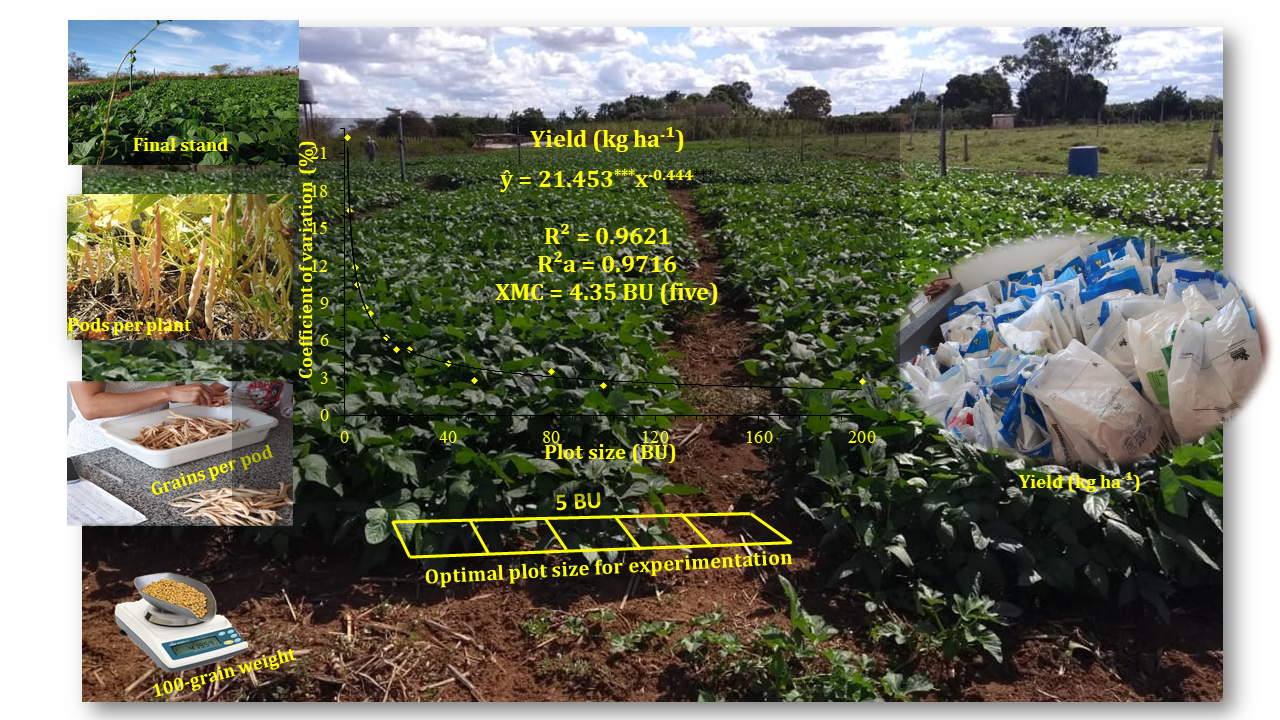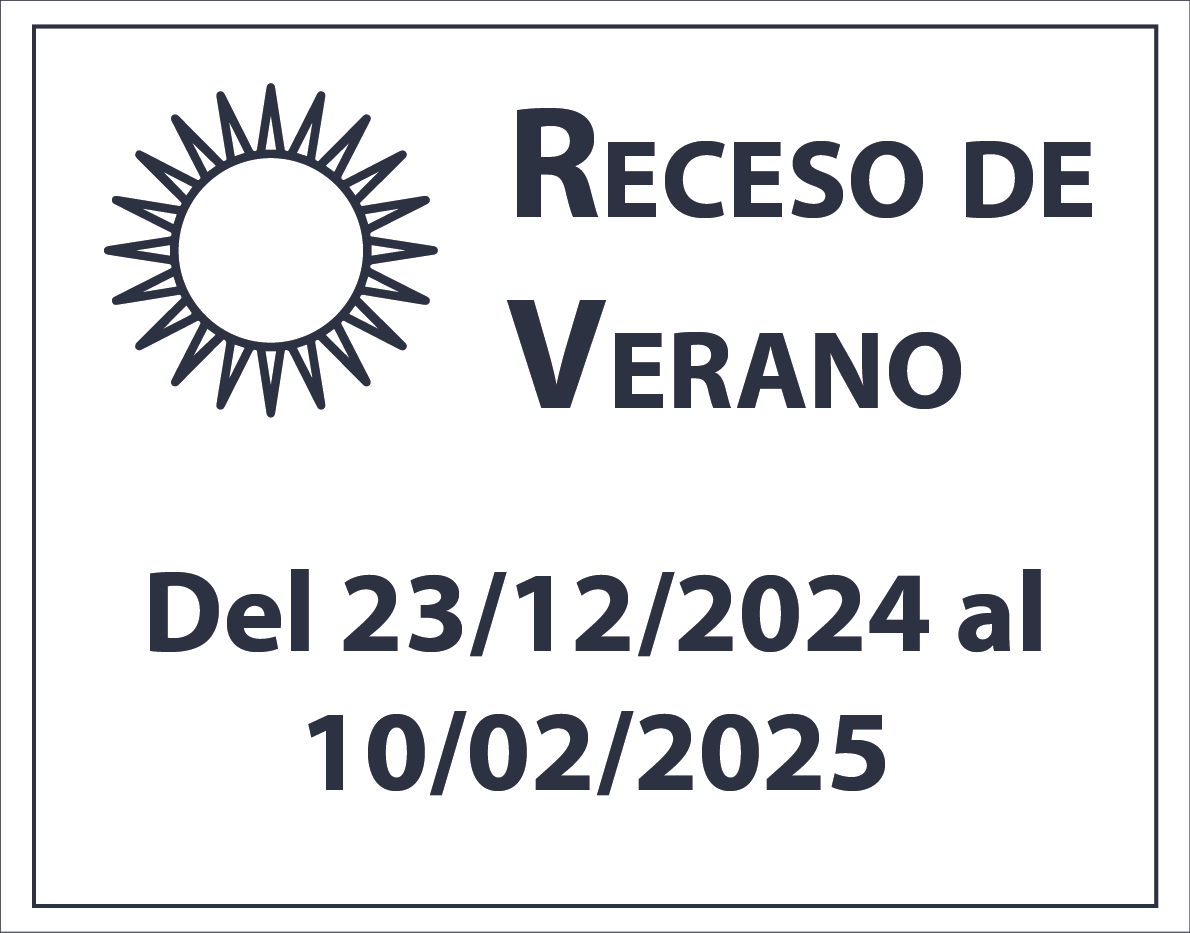Optimal plot size for experimentation of common beans (Phaseolus vulgaris L.) in the northern region of Minas Gerais, Brazil
Experimental plots
DOI:
https://doi.org/10.48162/rev.39.039Palabras clave:
simulación, precisión experimental, diseño experimental, Phaseolus vulgaris L.Resumen
The objective was to evaluate the minimum size of experimental plots for the common bean (Phaseolus vulgaris L.) using the modified maximum curvature method. The experiment consisted of a uniformity trial with the cultivar BRSFC-402 sown at a spacing of 0.5 m between plant rows and 10 plants per meter within the row. 20 central rows measuring 20 m in length were considered for measurements, totaling 4,000 plants on an area of 200 m2. Final bean stand (FS), mean number of pods per plant (NPP), mean number of grain per pod (NGP), mean 100-grain weight (M100), and grain yield (kg ha-1) were evaluated. At evaluations, each row with 10 plants was considered a basic unit (0.5 m2), amounting to 400 basic units whose dimensions were combined into 14 plot shapes. The methods of relative information and modified maximum curvature were used to obtain the best shape and the most appropriate plot size, respectively, for experimental evaluation with common bean. Using these methods, and considering that the optimum plot should enable an efficient evaluation of all evaluated characteristics, the appropriate plot size was five UB (25 plants) in the format with five rows x one UB per row.
Highlights
- Support for experimental evaluation of common beans under edaphoclimatic conditions in the northern region of Minas Gerais
- Experimental plots with five basic units ensure maximum precision for joint evaluation of the main phenotypic descriptors of common beans.
- The characteristics mass of 100 grains and productivity were associated with the smallest and the largest plot sizes, respectively.

Descargas
Publicado
Número
Sección
Licencia
Derechos de autor 2018 Revista de la Facultad de Ciencias Agrarias UNCuyo

Esta obra está bajo una licencia internacional Creative Commons Reconocimiento-NoComercial-CompartirIgual 3.0.
Aquellos autores/as que tengan publicaciones con esta revista, aceptan las Políticas Editoriales.



